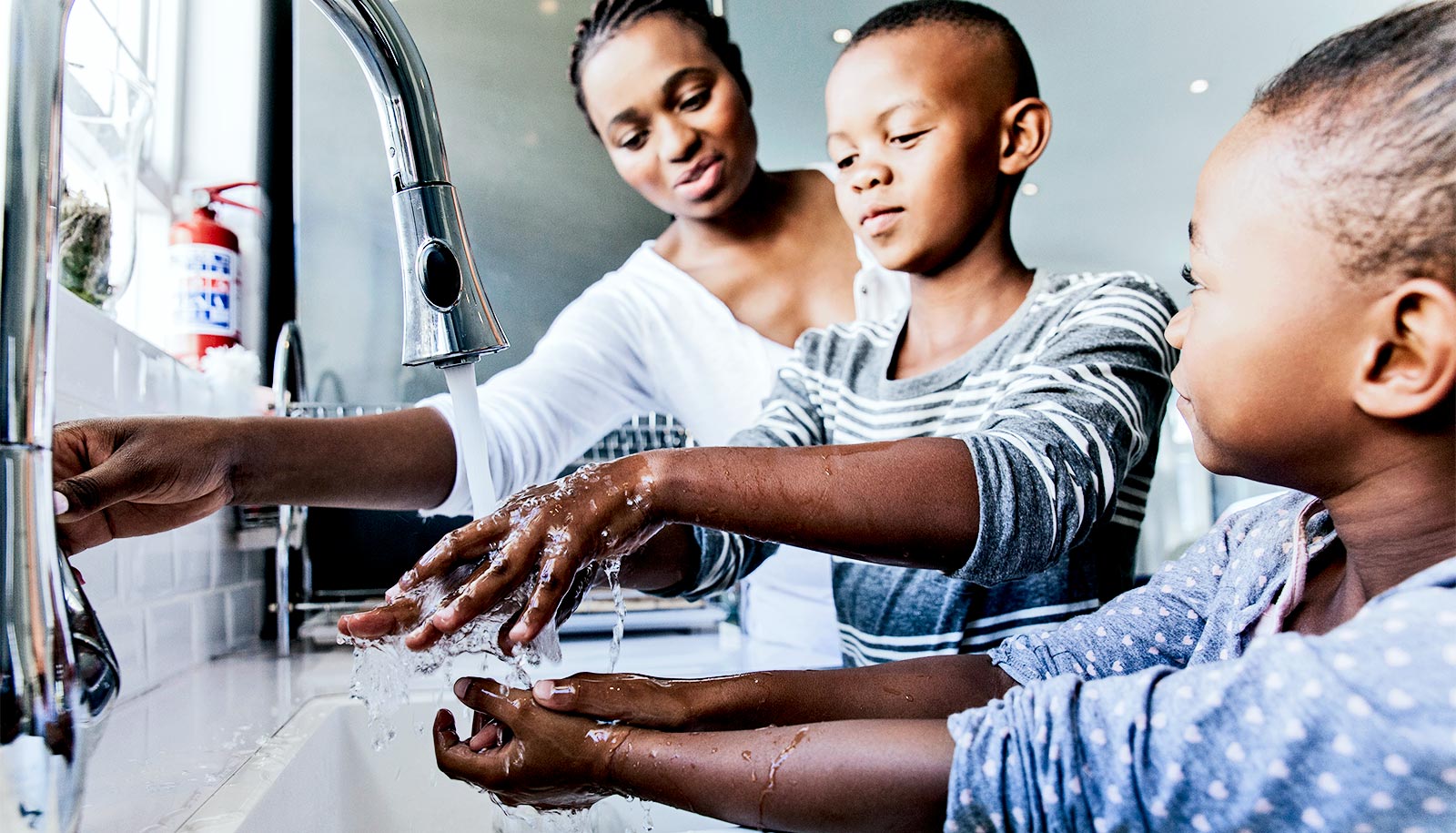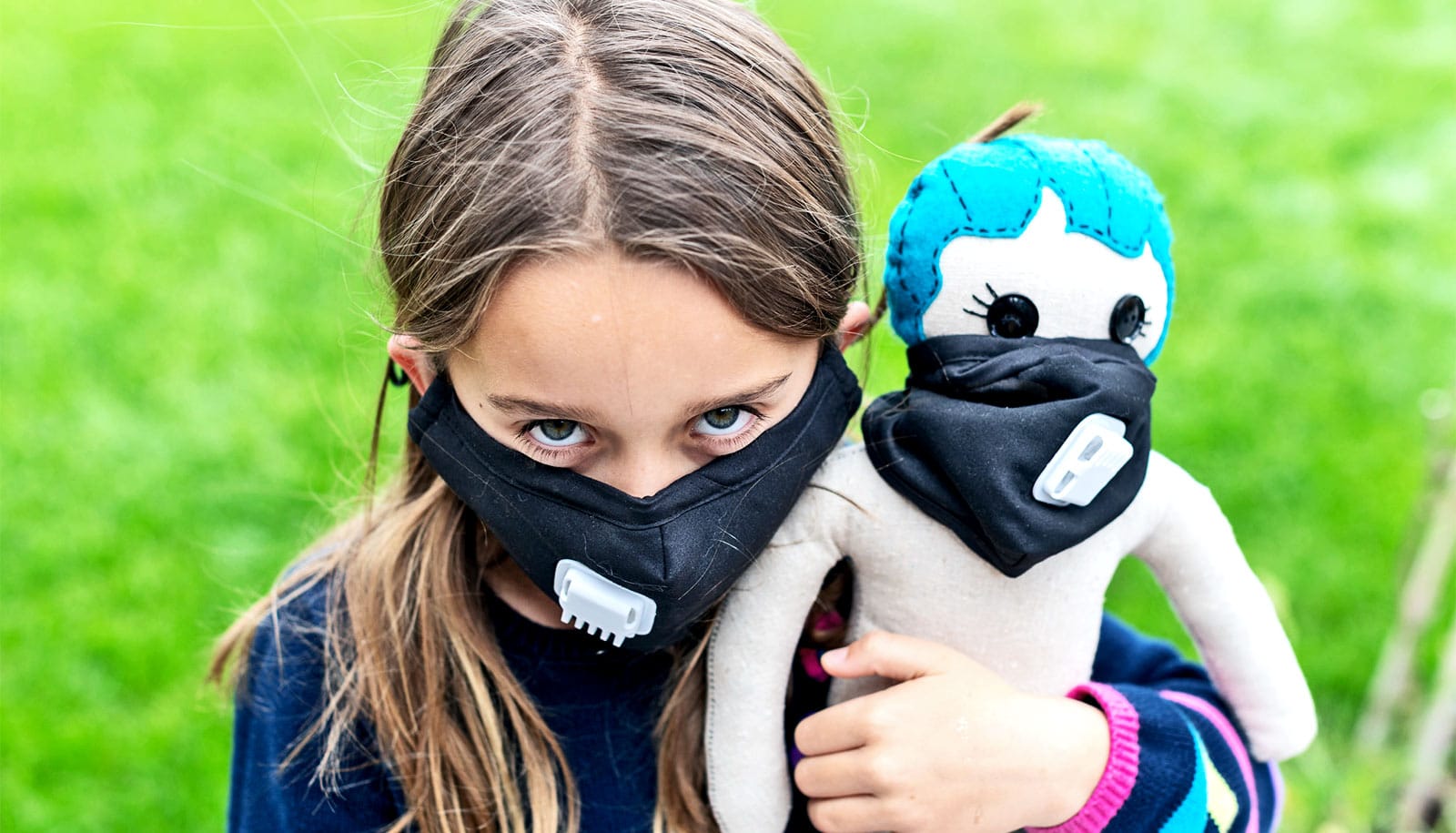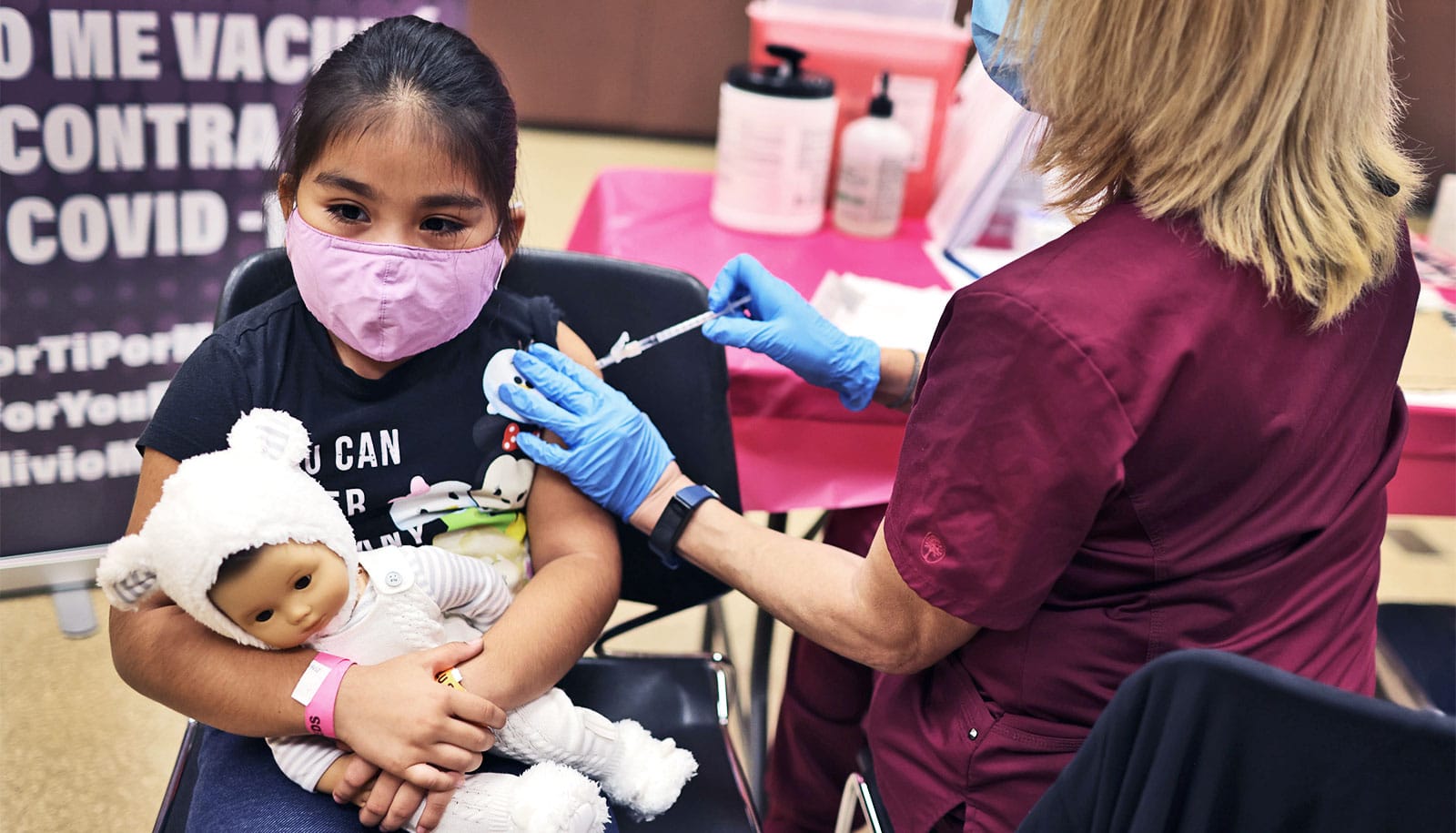
"Kids like to touch their face. Your nose, mouth, and eyes are all portals of entry for viruses into your body," says Thomas Murray. (Credit: Getty Images )
What parents should know about kids and COVID-19
What can parents do with their kids to protect them from COVID-19? "Wash your hands, wash your hands, then wash your hands."

While the situation is swiftly evolving, and experts are learning more about COVID-19 daily, there are things parents and their kids can do to take precautions.
Coronavirus disease 2019 (COVID-19) is a respiratory illness that can spread from person to person.
While the situation is swiftly evolving, and experts are learning more daily, there is no evidence that suggests children are more susceptible to the virus. There are a few possibilities as to why, experts say.
“The first, and most likely scenario, is that children are contracting COVID-19 but are getting a milder version of the disease,” says Thomas Murray, a pediatric infections disease specialist at Yale University Medicine and associate medical director for infection prevention at Yale New Haven Children’s Hospital.
Other possibilities: they’re not exposed, or they’re exposed and don’t contract infection. “Given how quickly it circulates and what we know about other respiratory viruses in children, this is unlikely,” Murray says. Based on what’s known, it appears children contract COVID-19—but present a milder disease.
As of today, there have been no known deaths reported in the 0-9-year-old age group and there have been few hospitalizations. The disease seems to primarily affect older adults and those with underlying health problems.
Here, Murray answers some questions parents might have about the virus and how it affects children:
The post What parents should know about kids and COVID-19 appeared first on Futurity.
Share this article:
This article uses material from the Futurity article, and is licenced under a CC BY-SA 4.0 International License. Images, videos and audio are available under their respective licenses.


